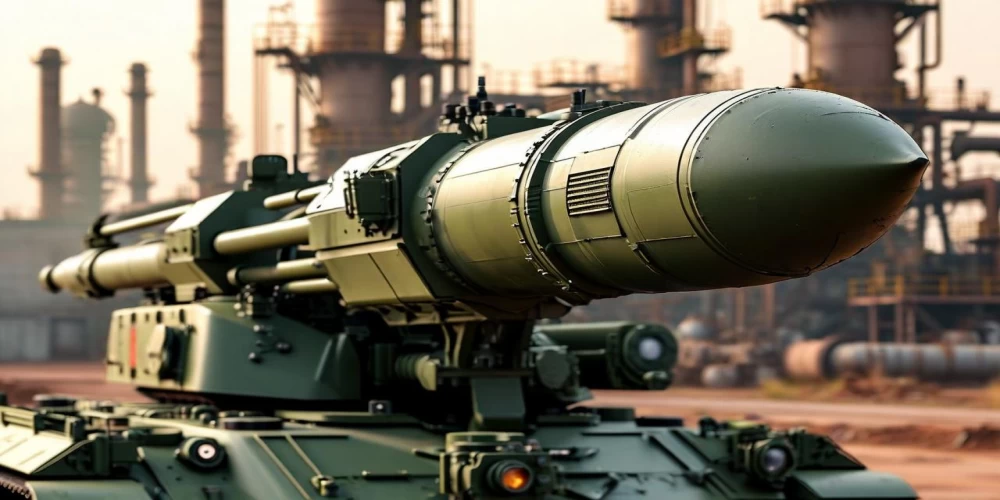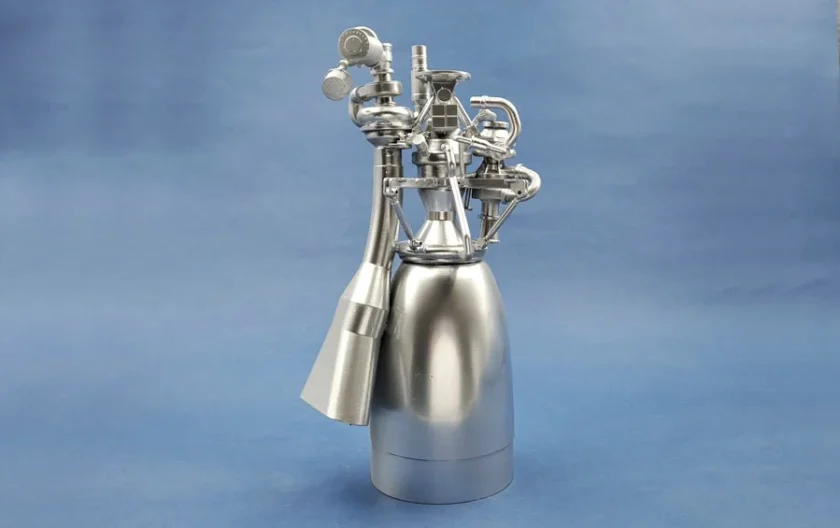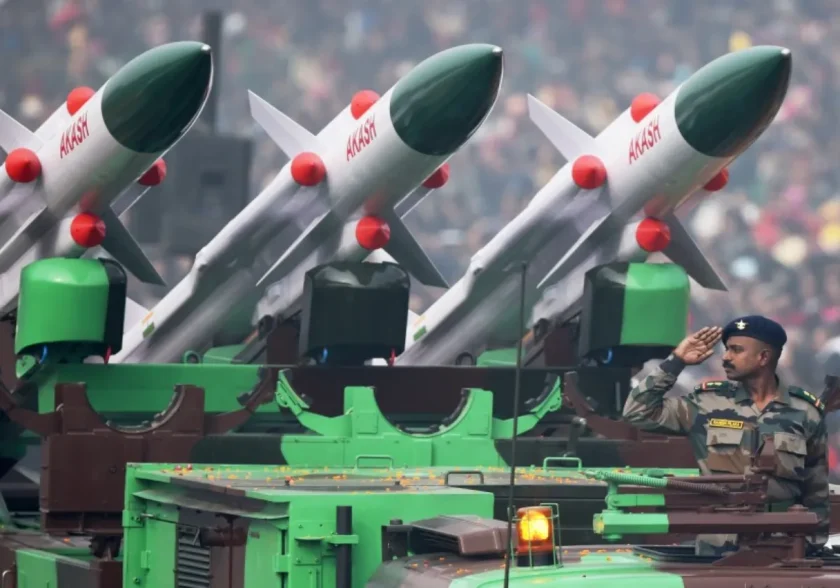New Delhi | In a major boost to India’s armoured warfare capabilities, the Ministry of Defence inked a ₹2,095.70-crore contract with Bharat Dynamics Limited (BDL) for the supply of INVAR anti-tank guided missiles. The agreement, signed at South Block, falls under the ‘Buy (Indian)’ category, ensuring that the missiles will be manufactured domestically under technology transfer.
The deal aims to significantly enhance the firepower of the Indian Army’s frontline T-90 ‘Bhishma’ main battle tanks. INVAR—also known as the Russian 9M119M Refleks—is a laser-guided missile that can be fired directly from the T-90’s 125mm smoothbore gun. With this procurement, the Army is set to receive an estimated 2,300 to 2,600 missiles.
What is the INVAR Missile?
The INVAR is a laser-guided anti-tank missile capable of striking targets at ranges of up to 5 km. It employs a tandem HEAT (High-Explosive Anti-Tank) warhead designed to penetrate explosive reactive armour (ERA), a feature essential against modern tanks fielded by adversaries like China’s Type-99A and Pakistan’s Al-Khalid series, both equipped with advanced ERA and protection systems.
Using a semi-automatic laser beam riding (SACLOS) guidance system, the missile can be launched on the move and does not require a separate launcher—enhancing operational agility in battlefield scenarios.
A Needed Upgrade from the Obsolete Konkurs-M
The Army currently relies on the Soviet-era Konkurs-M missiles for its T-90 fleet. With a maximum range of under 4 km and limited capability against modern ERA-protected armour, the Konkurs system has been considered inadequate for contemporary battlefield requirements.
Past DRDO trials in 2022 showed a stark capability gap: while the Konkurs failed to defeat ERA-protected targets at long range, the INVAR successfully destroyed a model T-72 target at 4.8 km.
Army assessments and field experience reinforced the need for a modern, long-range, high-accuracy missile—making INVAR procurement a priority.

Cost-Effective, Indigenous, and Scalable
At an estimated unit cost of ₹80–90 lakh, the INVAR offers a significant price advantage over imported systems. For instance, Israel’s Spike anti-tank missile costs roughly ₹2.5 crore per unit.
The new acquisition will allow 250–300 T-90 tanks to be equipped with 8–10 missiles each, ensuring combat readiness across key deployments. Production is expected to begin in 2026, with training and integration protocols already in preparation.
BDL’s Expanding Missile Portfolio
BDL, which already manufactures Akash, Nag and several other missile systems, will produce the INVAR under licensed production with participation from small and medium enterprises. The Defence Ministry said the programme will strengthen domestic supply chains, boost self-reliance, and consolidate India’s defence manufacturing capabilities.
Defence Secretary Rajesh Kumar Singh emphasised that the deal will “meet the Army’s urgent operational requirements while reinforcing India’s commitment to indigenous defence production.”
Enhanced Capabilities for Mechanised Forces
According to defence sources, integrating INVAR into the T-90 platform will give the Army a decisive edge in mechanised operations. The missile’s top-attack feature and ERA-penetrating design make it effective against fortified armoured threats and valuable for mechanised infantry units.
With this acquisition, India takes a significant step toward strengthening its armoured formations and ensuring that the Army’s spearhead T-90 regiments remain combat-ready in the face of rapidly evolving battlefield challenges.





